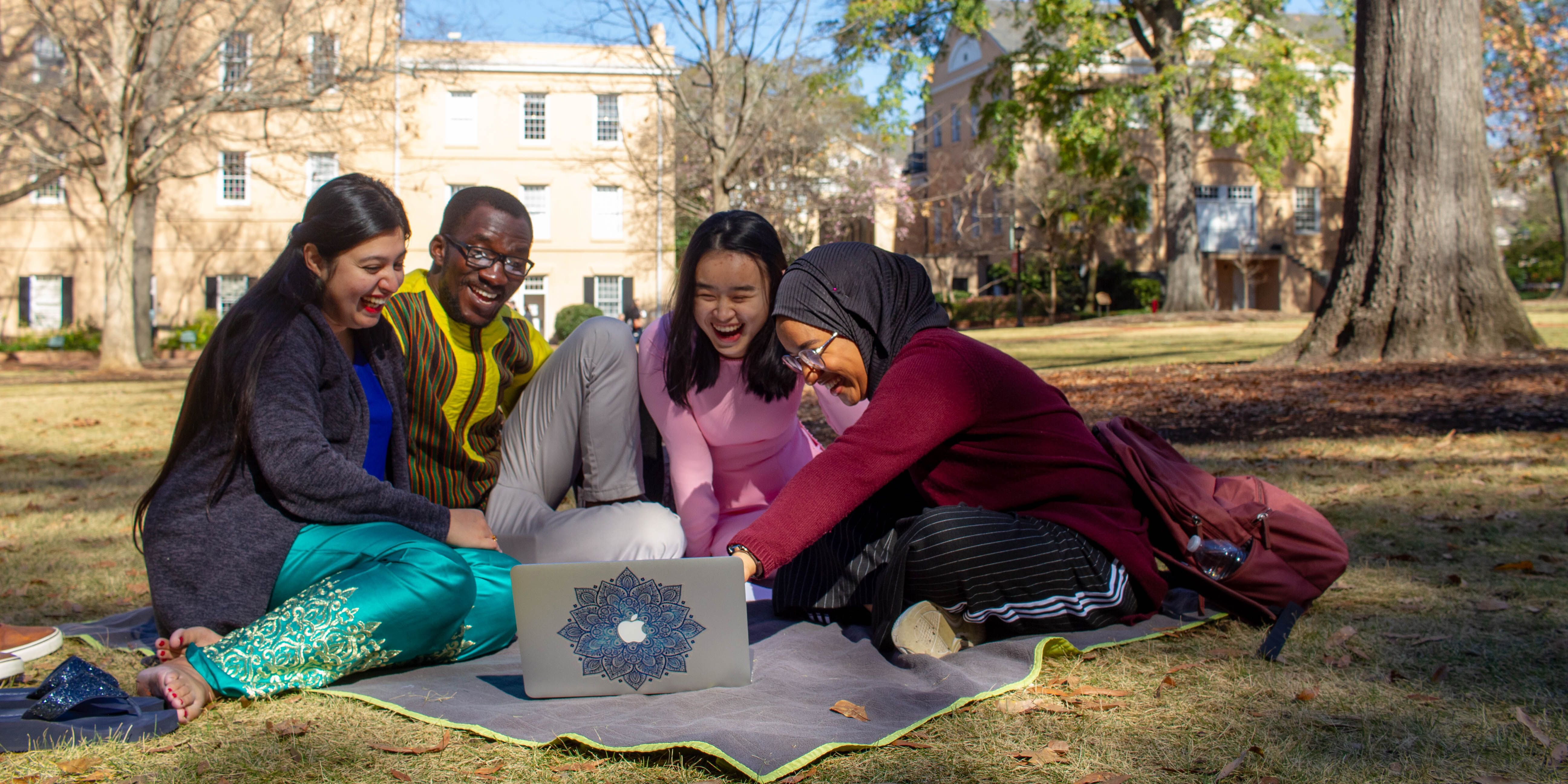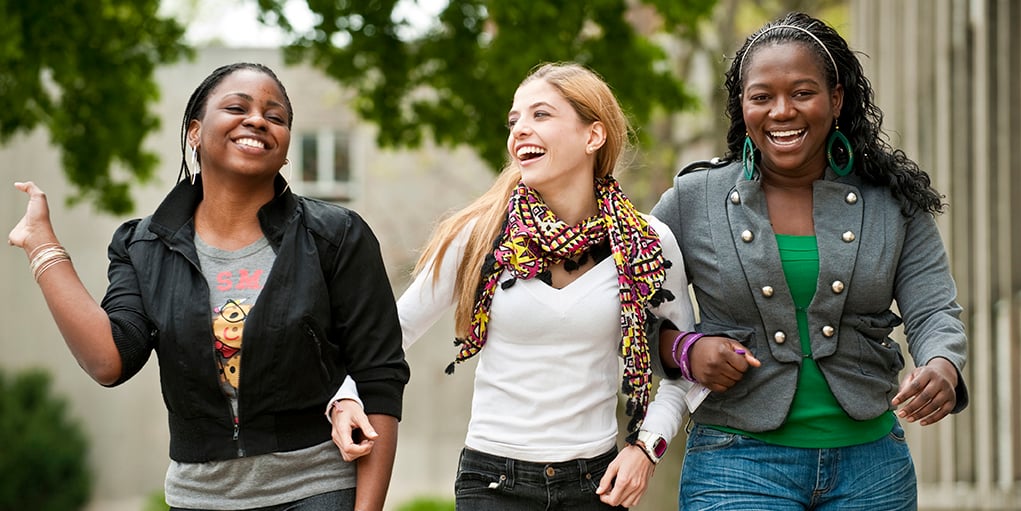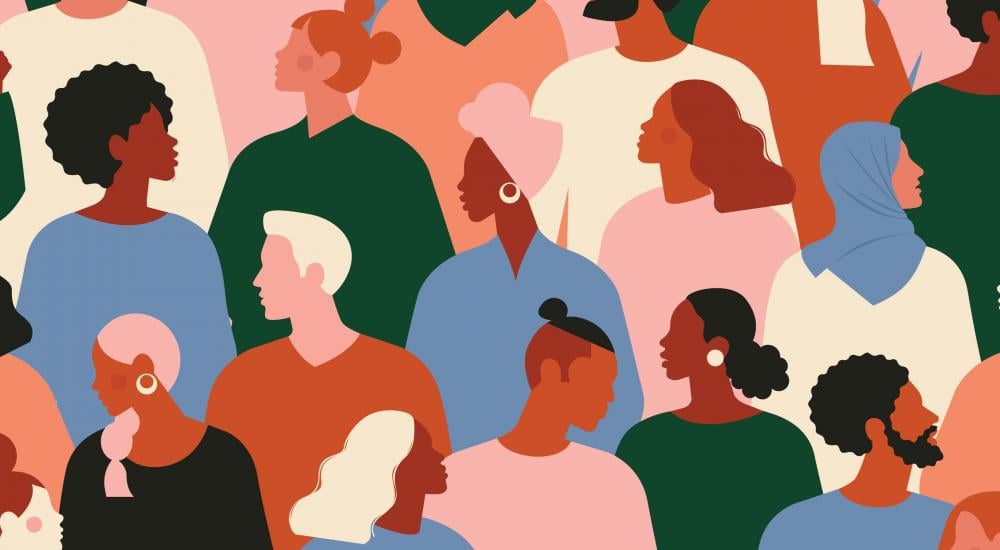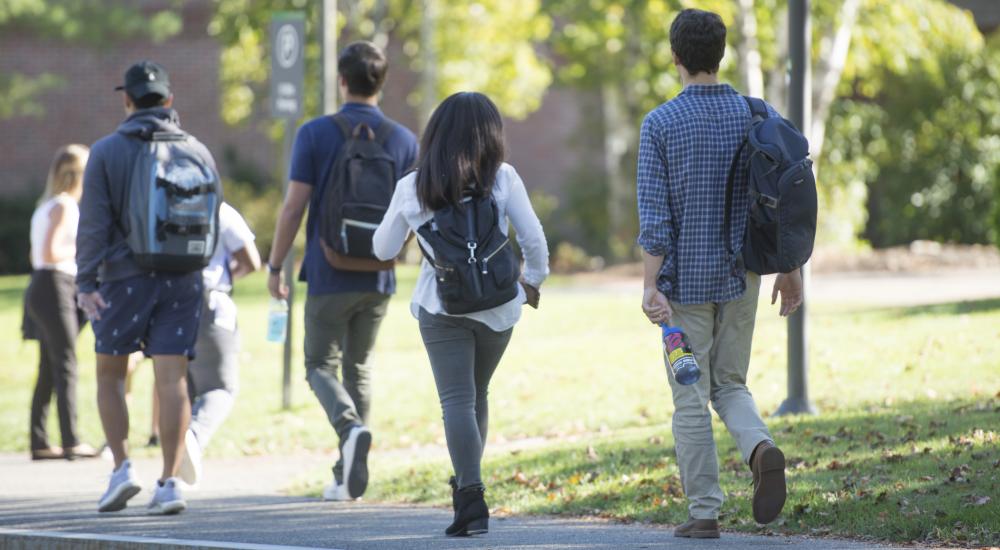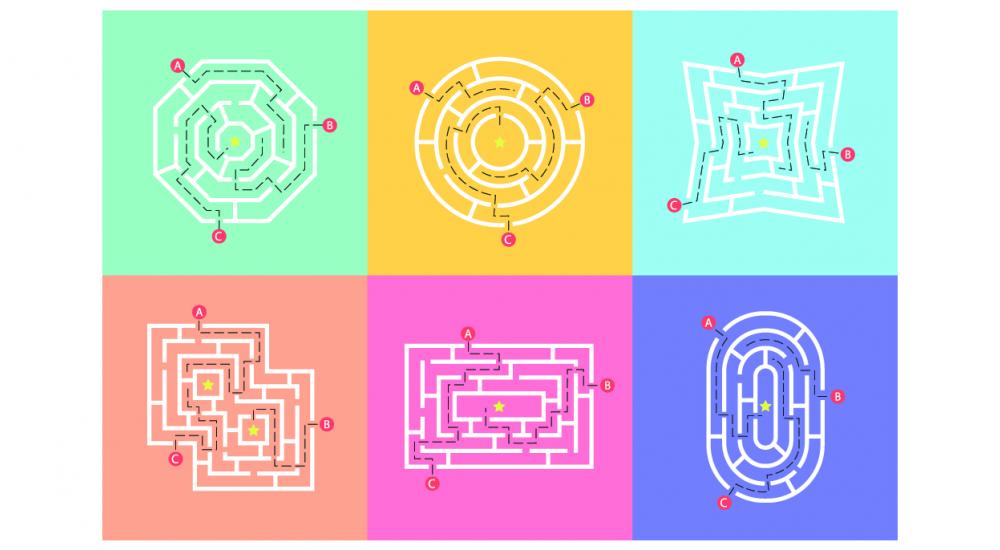Strategies for Countering Unconscious Bias in the Classroom
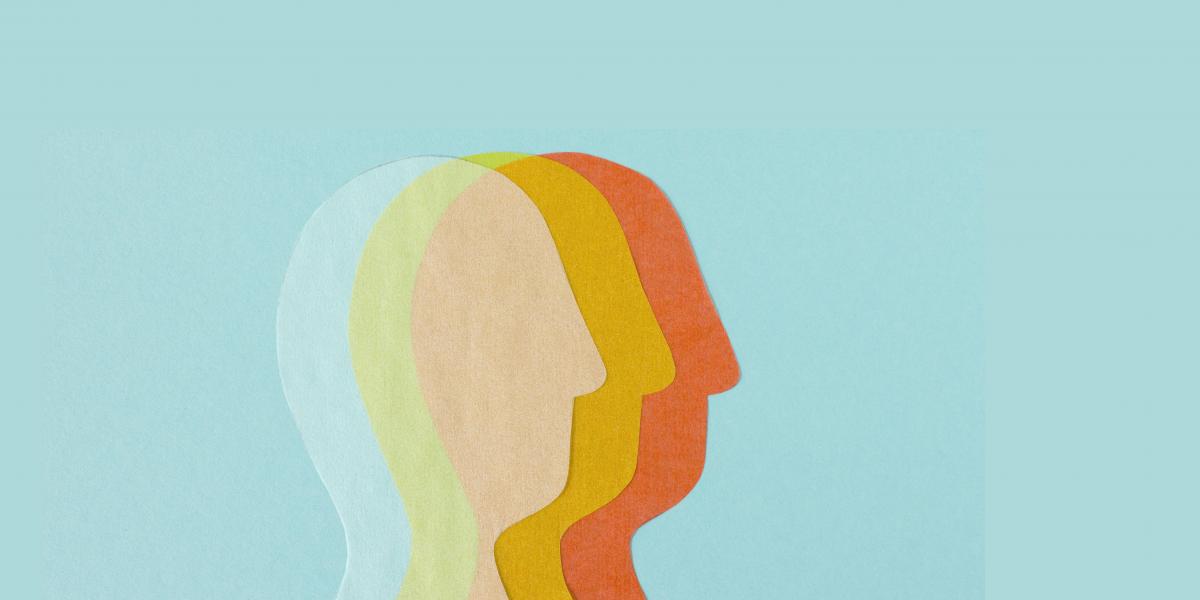
In June, a mathematics professor from a California community college unwittingly made national headlines after sending an email to a Vietnamese student asking her to “Anglicize” her legal name. He told her that the pronunciation of her given name sounded offensive, like “an insult in English.” She refused, telling the professor that his request was discriminatory, but he repeated the request. Once administrators learned of the incident, Laney College put the professor on administrative leave.
While this example may be extreme, it illustrates one way that unconscious bias seeps into university classrooms, creating an uncomfortable environment for international students who already face a host of challenges when adapting to a new culture and an unfamiliar academic system.
Such expectations of conformity and attempts to suppress or alter cultural identity may interfere with international students’ sense of belonging on campus, explains Christina Yao, PhD, assistant professor and coordinator of the Higher Education and Student Affairs Program at the University of South Carolina.
“The potential implications [of situations like this] could be feelings of alienation, or feelings of being [viewed as the] ‘other,’” Yao says.
Recognizing Unconscious Bias
Unconscious, or implicit, biases are the attitudes, preferences, and assumptions that any person holds toward another individual or group of people. These beliefs—centered around a wide range of characteristics, from race, ethnicity, and gender to religion, speaking accent, physical appearance, and physical abilities—are formed from birth, outside of a person’s awareness. However, they play a role in perceptions of and interactions with others.
Issues and perceptions around racism and unconscious bias affect international students studying in the United States, as well as those studying in other parts of the world—including U.S. students studying abroad. In the classroom, these biases can manifest in a number of ways:
- A professor calling on certain students most frequently—for example, research shows a tendency by teachers at all levels to call primarily on white, male students
- The readings and multimedia materials chosen for any given lesson not representing or reflecting the diversity of the classroom
- A presumption that international students have expertise or an interest in issues related to their race, ethnicity, or home country
- A tendency to equate lower proficiency in spoken English with poor writing skills
- Initiating a discussion on a hot topic, such as racism in the United States, without realizing that international students in the classroom may not understand the historical and cultural circumstances linked to the issue
Faculty members are not the only ones who hold biases; students do as well. Yao points to research showing that non-native English speakers tend to be marginalized when it comes to group work, possibly because they struggle to comprehend or speak in an unfamiliar language or may not grasp the norms of peer collaboration.
Unconscious biases can hinder student recruitment, engagement, and success. In professional settings, it may stifle innovation or hinder efforts to diversify the leadership pipeline.
“If we’re really trying to use education as a force for positive change, then we have to be constantly shifting and challenging ourselves to see the things we do that exclude or marginalize or devalue others,” says David Wick, EdD, assistant professor with the MA program in international educational management at Middlebury Institute of International Studies at Monterey. “The only way to do that is to begin dismantling our implicit biases.”
Here are a few tips for identifying, acknowledging, and actively working to counter unconscious bias in the classroom.
1. Get real—and embrace discomfort.
Addressing unconscious bias starts with awareness and acknowledgment, says Holly Carter, PhD, associate professor of sociology and interim principal of Harlaxton College, which is part of the University of Evansville.
“First and foremost, we must be aware that these biases exist, [everyone has them], and they don’t make you a bad person,” she says. “Secondly, [we all] have to be willing to acknowledge the fact that they can have some interplay in our life. And then I think we have to be open to experienc[ing] things that will change that socialization.”
By the nature of their profession, international educators likely are interested in learning about different cultures and people. They should take time to reflect on how personal belief systems develop and how a person’s worldview impacts their interactions with people and places that are different.
“If we’re really trying to use education as a force for positive change, then we have to be constantly shifting and challenging ourselves to see the things we do that exclude or marginalize or devalue others.” —David Wick
Malaika Serrano, MA, vice president for diversity and inclusion at WorldStrides, has worked with students to boost self-awareness through a process of naming their “privileged” identities—characteristics that give a person an advantage over others—and “targeted” identities—those that can hold someone back. The exercise sparks open conversation about biases and strategies for change. “We just take a deep breath and then lean into the discomfort,” Serrano says.
2. “Spend time with people who are not like yourself.”
A longtime volunteer with Habitat for Humanity, Carter quotes fellow Habitat supporter President Jimmy Carter as frequently saying, “The most important thing you can do in this world is to spend time with people who are not like yourself.” An openness to hearing other people’s stories can foster a deeper understanding of the vast range of human experiences.
At the University of Evansville, the weekly I-House series gives students from different regions of the world an opportunity to share with the campus community about their customs, beliefs, and culture.
“Sometimes we dance, and sometimes we eat, but these opportunities have been valuable in helping us to understand people in a different way,” Carter says.
Following months of highly publicized acts of violence against Black Americans, Serrano led “Listening Circles” for employees at WorldStrides to discuss the personal and community impact of this violence. Serrano facilitated respectful conversations around questions such as the following:
- What is your understanding of recent events that have transpired?
- How has this made you feel?
- What is one thing you would like to learn about someone from another community?
3. Apply intercultural communication techniques.
Globalization is a force that has led to more frequent and powerful intercultural interactions, and navigating those interpersonal relationships is more complex than ever. With one of her colleagues, Kathryn Sorrells, PhD, communication studies professor at California State University-Northridge, developed the Intercultural Praxis as a guide for “critical, reflective thinking and acting” in the context of global engagement. The process involves several steps:
- Inquiry: Ask questions to understand more deeply another person’s beliefs, or ask ourselves how we learned to think a certain way. “Fundamentally, our assumptions come from unasked questions,” Sorrells explains.
- Framing: Look at issues from different perspectives. “We develop certain ways of seeing the world based on our cultural frames [gender, race, etc.],” Sorrells says. “[Become] aware of your cultural frames and then [learn] through practice how to expand those.”
- Positioning: Consider the access to power in any given situation, based on materialistic and/or symbolic circumstances.
- Dialogue: Engage in conversation to build bridges of understanding, tolerance, and acceptance.
- Reflection: Create a better understanding of ourselves and how we relate to others, as well as the willingness to change our perspectives and actions.
- Action: Use what we learn about ourselves as motivation for doing our part to make the world more peaceful and just.
“We’ve used the model as a way to understand that people bring very different perspectives and frames and they’re positioned differently,” says Sorrells, “but how can we benefit from our differences?”
Be the Change
Even taking the smallest steps toward countering unconscious bias can make a big difference. Educators should learn to pronounce international students’ given names, for example, and ask for their help when needed.
Wick uses a technique called Pair Share to expand equity in the classroom. The method enables each student to reflect on class topics with a partner, then each group shares their insights with the entire classroom.
“[It can be difficult] to get educators to become conscious enough to ask these kinds of questions and start challenging themselves. ... By asking the questions and putting it into a public forum, I model that I’m continuing to push myself and asking for that kind of feedback in front of other people.” —Tasha Willis
“One of the benefits of this teaching technique is that it can change which voices are heard,” Wick says. “The pair conversation makes it more likely that every person in the room has a chance to express their ideas.”
Technology also can be used to expand equity, Wick says. For example, students can contribute ideas through platforms such as a Doodle poll or a Google Form, reducing the risk of feeling like their ideas are wrong or unpopular.
And though it is not always comfortable, international educators should be honest about their own unconscious biases—for their benefit and that of their students.
“[It can be difficult] to get educators to become conscious enough to ask these kinds of questions and start challenging themselves,” says Tasha Willis, EdD, associate professor in the School of Social Work and faculty director for internationalization at California State University-Los Angeles.
“By asking the questions and putting it into a public forum, I model that I’m continuing to push myself and asking for that kind of feedback in front of other people,” she says. “That helps humanize me to other people around me—faculty, staff, and students—and lets them know that this is just part of being human, and that we have all inherited the world as it is.” •
NAFSA Resources
Additional Resources
About International Educator
International Educator is NAFSA’s flagship publication and has been published continually since 1990. As a record of the association and the field of international education, IE includes articles on a variety of topics, trends, and issues facing NAFSA members and their work.
From in-depth features to interviews with thought leaders and columns tailored to NAFSA’s knowledge communities, IE provides must-read context and analysis to those working around the globe to advance international education and exchange.
About NAFSA
NAFSA: Association of International Educators is the world's largest nonprofit association dedicated to international education and exchange. NAFSA serves the needs of more than 10,000 members and international educators worldwide at more than 3,500 institutions, in over 150 countries.
NAFSA membership provides you with unmatched access to best-in-class programs, critical updates, and resources to professionalize your practice. Members gain unrivaled opportunities to partner with experienced international education leaders.


